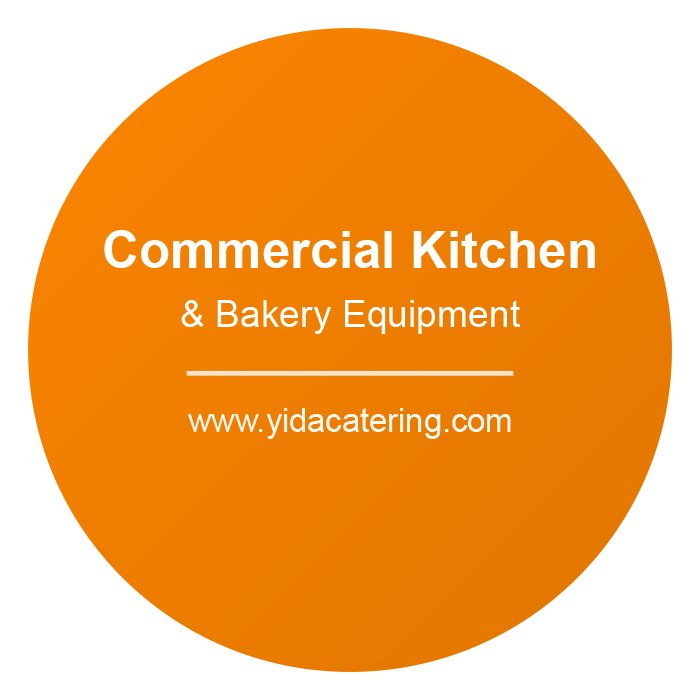In the competitive landscape of the food industry, efficiency, consistency, and quality are paramount. For businesses handling meat – from butcher shops and restaurants to large-scale food processors and catering services – the right commercial meat processing machinery isn’t just an asset; it’s the backbone of a successful operation. Investing in appropriate equipment can revolutionize your workflow, enhance product quality, ensure safety, and ultimately drive profitability.
This post explores the significant advantages of utilizing specialized meat processing equipment and highlights key considerations for selecting the right machinery to meet your business needs.
Why Invest in Commercial Meat Processing Machinery? The Tangible Benefits
Moving beyond manual methods or underpowered equipment offers a multitude of advantages:
- Enhanced Efficiency and Productivity: Commercial-grade machinery is built for speed and volume. Tasks like grinding, slicing, tenderizing, and mixing can be accomplished in a fraction of the time it would take manually, freeing up valuable labor for other critical tasks. This directly translates to higher output and the ability to serve more customers or process larger orders.
- Unwavering Product Consistency: Whether it’s the thickness of a deli slice, the grind of a sausage filling, or the uniformity of a burger patty, consistency is key to customer satisfaction. Professional machinery delivers precise, repeatable results, ensuring your products meet quality standards every single time.
- Improved Food Safety and Hygiene: Reputable commercial meat processing equipment is designed with sanitation in mind. Features like easy-to-disassemble parts, food-grade stainless steel construction, and smooth surfaces minimize areas where bacteria can harbor. This helps you adhere to strict food safety regulations and protect your customers and your reputation.
- Increased Versatility and Menu Expansion: A well-equipped facility can explore a wider range of meat preparations. From crafting artisanal sausages and gourmet burgers to offering perfectly portioned steaks and finely sliced charcuterie, the right machinery unlocks new culinary possibilities and revenue streams.
- Reduced Labor Costs and Physical Strain: Automating repetitive and physically demanding tasks not only speeds up processes but also reduces the physical strain on your staff, leading to a safer and more ergonomic work environment. Over time, this can contribute to lower labor costs associated with manual processing.
- Optimized Yield and Reduced Waste: Precision cutting and processing can help maximize the yield from your raw meat products, minimizing waste and improving your cost-effectiveness.
Key Types of Commercial Meat Processing Machinery
The term “meat processing machinery” encompasses a wide array of equipment, each designed for specific tasks. Some common and essential types include:
- Meat Grinders (Mincers): Essential for producing ground meat for burgers, sausages, meatloaf, and other preparations. Commercial grinders offer various plate sizes for different coarseness levels and robust motors for continuous operation.
- Meat Slicers: Crucial for delis, restaurants, and caterers needing uniform slices of cooked meats, cheeses, and even vegetables. Look for adjustable thickness settings and safety guards.
- Meat Tenderizers: These machines use blades or needles to break down tough muscle fibers, resulting in more tender and palatable meat. Ideal for certain cuts of beef, pork, and poultry.
- Meat Mixers: Used to evenly combine ground meat with spices, binders, and other ingredients for sausages, meatballs, and other blended meat products.
- Sausage Stuffers (Fillers): Indispensable for businesses making their own sausages. They allow for consistent filling of casings with various sausage mixtures.
- Patty Forming Machines: Automate the creation of uniform burger patties, chicken patties, or other formed meat products, ensuring consistent size and weight.
- Band Saws: Used in butcheries and processing plants for cutting through bone and large sections of meat with precision.
Choosing the Right Machinery: Factors to Consider
Selecting the appropriate commercial meat processing machinery requires careful consideration of your specific operational needs:
- Capacity and Volume: Match the machine’s output capacity to your current and anticipated production demands.
- Durability and Construction: Opt for equipment made from high-quality, food-grade materials (like stainless steel) that can withstand the rigors of a commercial environment.
- Ease of Cleaning and Sanitation: This is critical for food safety. Look for designs that are easy to disassemble, clean, and sanitize thoroughly.
- Safety Features: Ensure machines have adequate safety guards, emergency stops, and interlock systems to protect operators.
- Footprint and Space: Consider the available space in your facility and choose equipment that fits appropriately.
- Power Requirements: Verify compatibility with your existing electrical setup.
- Supplier Support and Warranty: Choose reputable suppliers who offer good customer service, readily available spare parts, and fair warranty terms.
The Strategic Investment in Your Meat Processing Future
Commercial meat processing machinery is more than just a purchase; it’s a strategic investment in the quality, efficiency, safety, and growth potential of your food business. By carefully evaluating your needs and selecting high-quality, appropriate equipment, you can streamline your operations, enhance your product offerings, and build a stronger, more profitable enterprise.
Take the time to research your options, consult with industry experts if needed, and choose machinery that will serve as a reliable partner in your pursuit of culinary excellence and business success.

